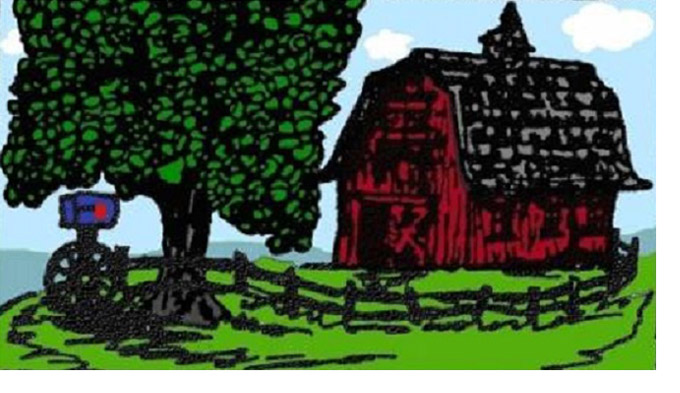With permission, excerpted from 09/27/23 article by Ken Johnson, Horticulture Director, University of IL Extension
Spotted lanternfly (Lycorma delicatula) is a newer invasive pest in the United States that has recently been discovered in Illinois. They will feed on a wide range of woody plants, including fruit, ornamental, and woody trees. There is no need to panic, and they do not pose a threat to humans or animals, but you should be on the lookout for them.
What do they look like? Adult spotted lanternflies are about 1 inch long. The front pair of wings are gray with black spots, and the tips of the front wings have speckled bands. The back pair of wings are red with black spots and a white band. Their heads and legs are black, and their abdomens are yellow with black bands. The young nymphs are black with white spots. The last immature stage is red and black with white spots.
Why the concern? Both nymphs and adults suck sap from stems, branches, and trunks. When large numbers of these insects start feeding on plants, it can reduce the vigor of the plants. Their feeding can also cause dieback on branches. The damage they cause while feeding (they have a piercing-sucking mouthpart) also creates an opening for pathogens to get into plants and cause disease. Their preferred host is tree of heaven, which wouldn’t necessarily be bad if they were the only plants they fed on since these trees can be invasive themselves. Unfortunately for us, spotted lanternflies will feed on over 100 different species of woody plants (trees and vines). Some of the other plants that spotted lanternflies will feed on include some economically important plants like grapes, hops, apples, stone fruit, black cherry, maples, tulip poplar, walnut, and willow.
Spread Both the nymphs and adults are capable of jumping 6 to 9 feet. The adults can also fly short distances, although they often prefer to jump and glide. Individual insects are capable of traveling 3-4 miles on their own. However, like many of our other invasive insects, much of their long-distance spread is due to humans. This most commonly happens by moving infested plant material or items that contain egg masses.
If you believe you have found a spotted lanternfly in Illinois, send a photo and a detailed email to lanternfly@illinois.edu and include where, when, and the specifics of the location. In addition, contact the Illinois Department of Agriculture (IDOA) at (815) 787-5476. The IDOA recommends that after reporting sightings, remove and destroy spotted lanternflies by crushing nymphs and adults and scraping egg masses into a container with rubbing alcohol.
Go to https://extension.illinois.edu/search and type “Lanternfly” in the search box for more information and photos.
Good Tip: According to the USDA, spotted lanternflies are the easiest to spot at dusk or during the night as they move up and down the trunks of plants. During the day, they will often cluster near the base of the plant, making it hard to find them.
